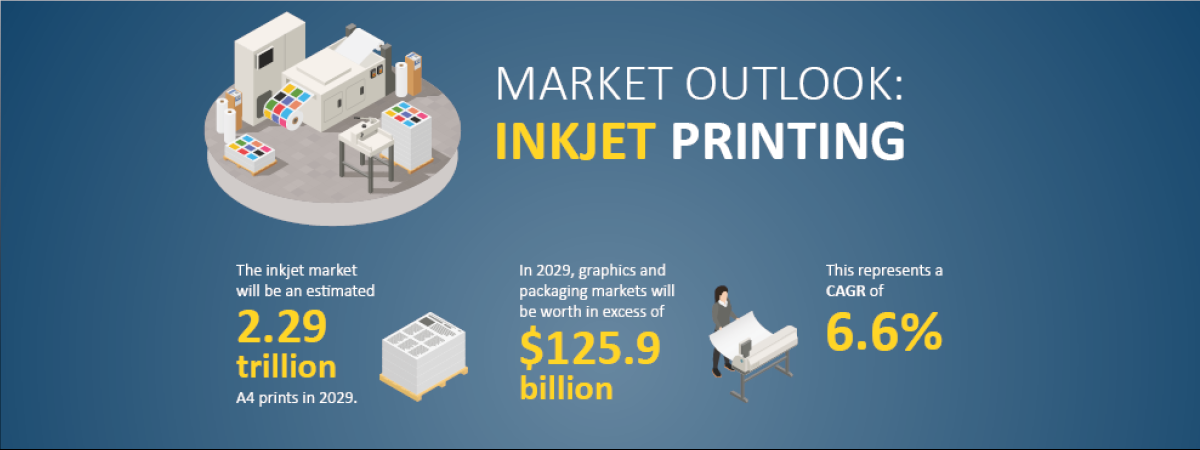13 February 2013
Notice and determining the Effective Date of Termination (EDT)
Notice and determining the Effective Date of Termination (EDT)
Contracts of employment should always contain clauses setting out the amount of notice to which an employee is entitled. Dismissal without giving the proper notice is then a breach of contract. And a little known legal wrinkle is that an employee is entitled to reject the breach, in which case his contract will continue. Given the facts of the case below, BPIF members may wonder how this could possibly apply to them. However, read on....
Background
In the case of Société Générale, London Branch v Geys, Mr Geys was a highly paid banker at Société Générale ("the Bank") with a suitably convoluted employment contract. Amongst other things, his contract provided that an effective termination date after 31 December 2007 was worth some €5.5m more to him than a termination on or before that date.
On 29 November 2007, the Bank terminated Mr Geys employment with immediate effect; he was escorted out of the premises and did not return. On 18 December 2007, the Bank paid £32,000 into his bank account. This payment was equivalent to his basic salary and benefits for his 3-month notice period however the Bank did not expressly inform Mr Geys what the monies were for.
On 2 January 2008 Mr Gey's solicitors wrote to the Bank stating that he had decided to treat his contract as continuing and that he reserved his position in relation to the monies that had been paid into his bank account on 18 December until he understood what they constituted.
On 4 January 2008 the Bank wrote to Mr Geys setting out the details surrounding the termination of his employment, and explained for the first time that they were relying on the Pay In Lieu of Notice ("PILON") clause in his contract. This clause acts to prevent dismissal without notice being a breach of contract.
Mr Geys claimed that he was actually dismissed on 6 January 2008 (when he received the 4 January letter) and that he was accordingly entitled to a termination payment amounting to more than €12.5 million. The Bank argued that he had been dismissed on 29 November 2007 or at the latest on 18 December 2007 when the notice payment was made, and was therefore entitled to a termination payment of no more than €7 million (poor thing)..
The Supreme Court, perhaps a little reluctantly, came down on Mr Geys' side. It decided that Mr Geys was entitled to reject the Bank's attempt to terminate his employment without proper notice in November, which meant his contract was still live until dismissal reliant on the PILON clause on 6th January. Mr Geys got his extra €5.5 million.
Conclusion
What can we lesser mortals learn from this? Remember that employees appointed after 1st April 2012 cannot claim Unfair Dismissal for the first two years of their appointment. BPIF Legal is of the view that the above could impact on any dismissal near to the 2-year deadline. A generous contractual notice period may take the employee over the deadline, in which case the only option is dismissal without notice, which (without any PILON in the employment contract) will be a breach of contract. A canny employee may then reject the breach, in which case his contract continues until the end of his notice period, taking him over the 2-year deadline and allowing him to put in a claim for Unfair Dismissal.
 Intergraf Economic News (Paper Prices) - March 2024
Intergraf Economic News (Paper Prices) - March 2024
18 March 2024
Access the latest edition of the Economic Newsletter for the European Printing Industry for data on paper consumption, and pricing data for pulp, paper and recovered paper. Data for packaging papers and board is also available with this edition.
 UK to follow global expansion of inkjet printing
UK to follow global expansion of inkjet printing
21 March 2024
The latest expert analysis from Smithers identifies the potential of the latest generation of inkjet systems to improve profitability across the global print market. Read more about the new report The Future of Inkjet Printing to 2029.
The BPIF is the printing industries champion. By becoming a member you join a diverse and influential community. We help you solve business problems, connect you to new customers and suppliers and make your voice heard in government.
Call 01676 526030









